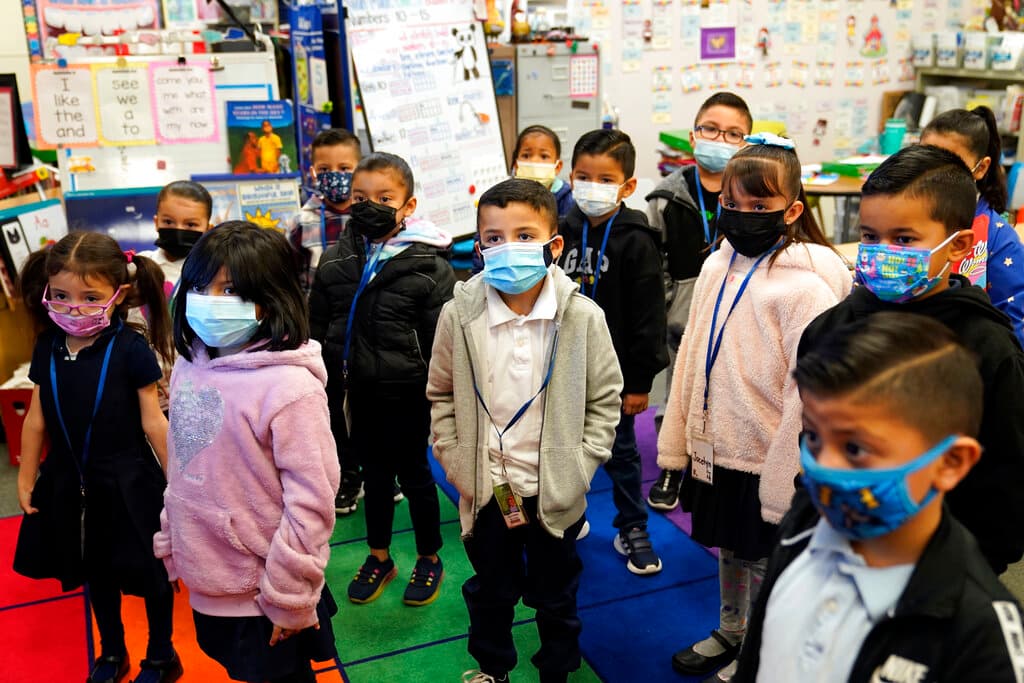Cut the Regulations and Allow Microschools To Flourish
Traditional districts should leverage microschools to move beyond their one-size-fits-all model that is breaking under the weight of parental preferences and priorities.

As we roll through the third school year affected by the Covid crisis, some of the necessary alternative forms of schooling that have popped up are proving to be more permanent than many expected.
One such is microschools, and by altering just a few onerous policies these could prove to be even more effective.
Microschools, or learning pods, are in-person schooling environments that typically leverage digital learning to create experiences tailored to different student needs. According to Tyton Partners, 1.5 million students enrolled in them at the beginning of the school year.
The chief complaint about microschools is that there is insufficient access for low-income families, even though some of the most robust learning pod experiments have been in school districts that serve a disproportionate number of low-income and minority students.
According to the Center for Reinventing Public Education, 36 percent of the largest urban school districts operated or sponsored learning pods during the pandemic, with the majority of these focused on explicitly serving the most vulnerable students.
Friendship Public Charter School is a network of 15 elementary, middle, and high schools based in Washington, D.C. Its network includes an online school, but it used pods to serve those who needed brick-and-mortar schooling the most. The microschools set up during the pandemic have no more than eight children with two adults.
“In all of the anxiety and craziness that was COVID, there was peace and progress in those first hubs,” Friendship’s CEO, Patricia Brantley, said. “When we look at the data, students who were in those smaller pods, they progressed … further and faster than their counterparts, and some of them even faster than when we had been in normal school.”
Ms. Brantley said the secret is that microschools allow Friendship to better leverage people, place, and its online technology platform to deliver a more supportive and personalized experience for each child.
Friendship wants to expand upon the early success through a series of pilots, but there are regulations standing in the way.
The first set are antiquated seat-time requirements that prescribe the number of minutes students are in schools and what courses they must take but ignore what students master. The experience of a champion tennis player enrolled in Friendship’s online school showcases the absurdity. Despite practicing tennis 20 to 30 hours a week, the student had a PE requirement. Fortunately, the school received permission to waive it, Ms. Brantley said, but there are many such obstacles that need changing if each students’ learning is to be personalized.
Second, though Friendship’s microschools leverage its existing school buildings, many microschools want to meet in locations other than schools, like office parks, basements of churches, and even homes.
Local zoning regulations often restrict the sites of schools. More broadly, Ms. Brantley said policies should authorize the use of different locations and ensure funding can follow the students to where each can get the best in-person support.
A third set of problematic regulations restrict microschools’ and online schools’ growth. In the rush to “get back to normal,” regulators are ignoring that “normal” never worked for all children.
Addressing these barriers doesn’t have to be done at the expense of school districts.
Traditional districts should leverage microschools to move beyond their one-size-fits-all model that is breaking under the weight of parental preferences and priorities, from those who want schooling to be in-person at all costs to those desiring more flexible options.
“Families aren’t just choosing online because they have fears of Covid — although that’s there — it’s because they want more control over their child’s education,” Ms. Brantley said.
There are some districts that are using microschools effectively.
Even before the pandemic, Kettle Moraine School District in Wisconsin was using microschools of no more than 180 students as part of its elementary, middle, and high school system to deliver more personalized experiences that match the priorities of students and parents. According to Education Week, the district’s results have been world-class.
Edgecombe County Public Schools in North Carolina launched learning hubs during the pandemic to help students connect to online classes and receive in-person support. District leaders discovered that families valued flexibility around where and when learning happened.
Ms. Brantley would like to see many more districts leveraging these innovations to create the array of options and support structures that individual students need.
“My hope is that districts can take what we have — teachers and expertise and facilities — and create a place where microschools can be driven by educators and families within the facilities we already have,” she said.
It’s a noble aspiration that, with some changes in regulations, shouldn’t be out of reach.

